A Complete Guide On How To Stop Heel Lift In Snowboard Boots
Summit Skier contains affiliate links and is a member of the Amazon Services LLC Associates Program. If you make a purchase using one of these Amazon links, I may receive compensation at no extra cost to you. See my Disclosure Policy for more information.
Heel lift in snowboard boots can be frustrating and affect your performance on the slopes.
Learning how to stop heel lift in snowboard boots by understanding the causes and implementing the right solutions can make a significant difference in your snowboarding experience and it allows you to stay out on the slopes longer.
I’ve personally dealt with a few different issues when it comes to my snowboarding gear and I know how annoying it can be when you don’t know the solution right away and you are trying to learn the sport. Luckily, I know just what to do to stop heel lift in snowboard boots.
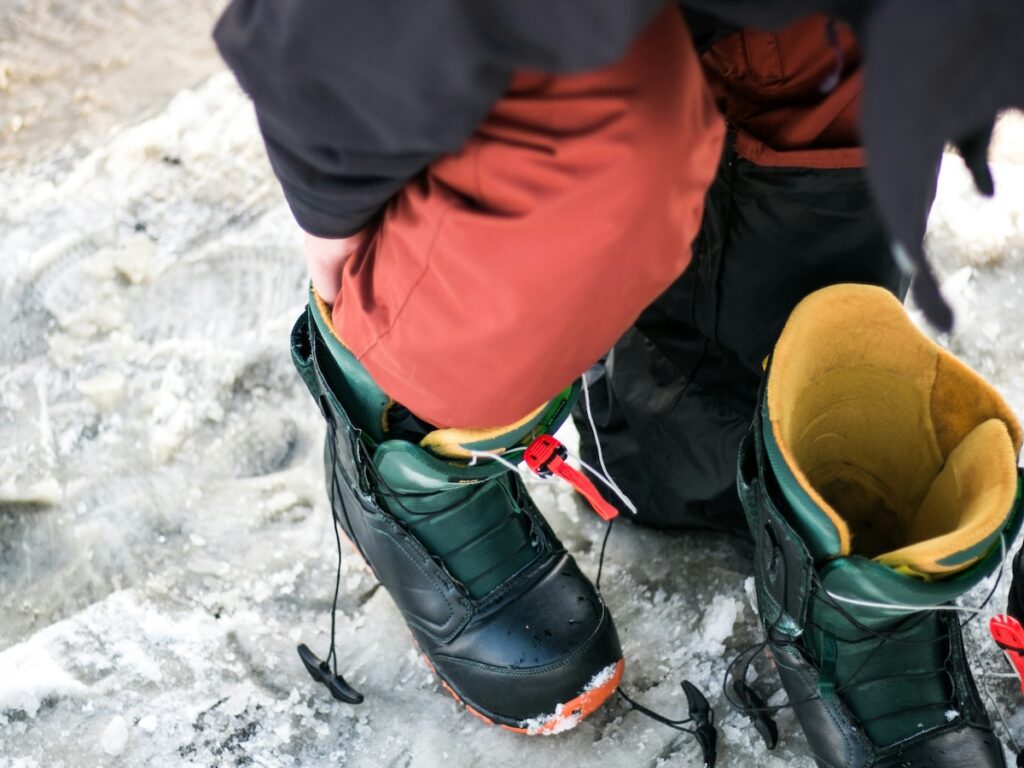
Top Causes Of Heel Lift In Snowboard Boots
There are typically three main causes that can cause your heels to lift up in snowboard boots. Continue reading below as I highlight each one and give you tips for fixing these problems.
1. Boots Are Too Big For You
The primary reason for experiencing heel lift in snowboard boots often stems from wearing boots that are too large.
Navigating the sizing of boots can be challenging, as individuals may debate whether to opt for larger or smaller sizes, striving to find the perfect fit. Having been through this process myself, I understand the frustration it can bring. However, it is entirely possible to discover the ideal pair that suits you perfectly.
Wearing oversized boots is a common factor contributing to heel lift. When there is excessive space within the boot, your heel may elevate and move during your snowboarding maneuvers. This movement not only leads to discomfort but also hampers your control over the board and may make you fall snowboarding more often.
If you suspect that oversized boots are the issue, I recommend asking a salesperson at a snowboard or outdoor gear store to confirm that’s the root of the problem. Their expertise can confirm whether this is the true reason. Once you have identified the problem, investing in properly fitting boots is crucial for enhancing your snowboarding experience.
Dealing with this issue can be incredibly frustrating, especially if you’ve recently invested in a new pair of boots. However, many stores offer the option to buy back used gear, if they are in good condition.
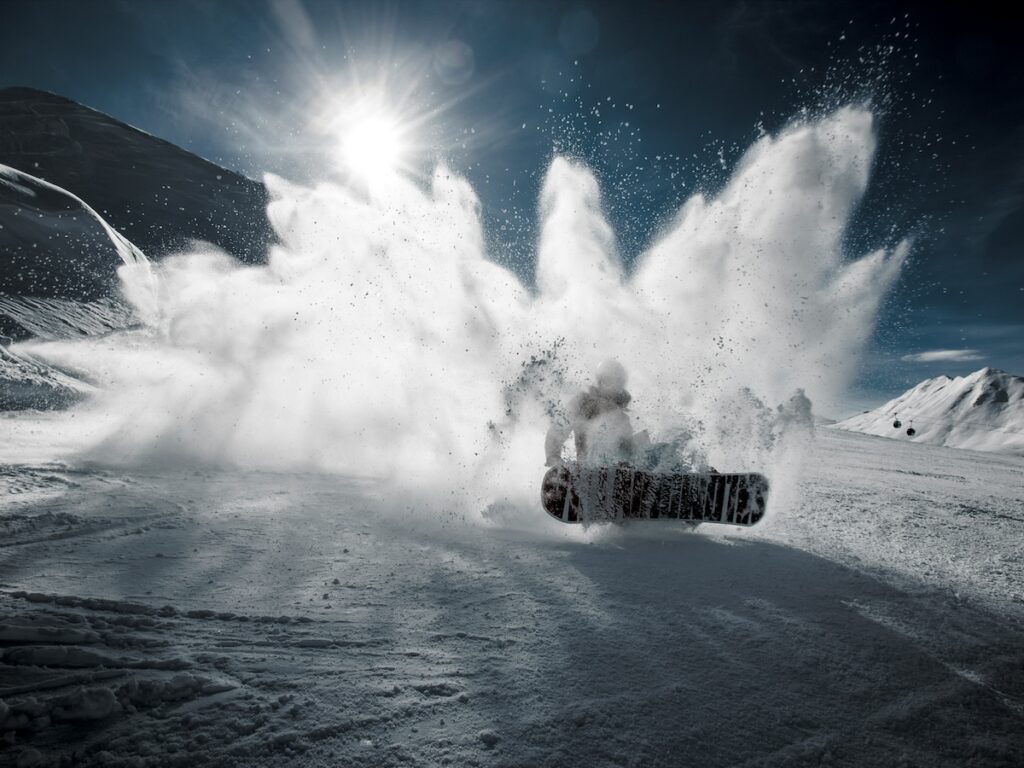
2. Boots Aren’t Tightened Or Laced Correctly
If you’re confident that your boots are the perfect size and not too large, that’s fantastic. The next likely reason for experiencing heel lift in snowboard boots is probably due to improper tightening or lacing.
Ensuring your boots are securely fastened is crucial to prevent heel lift. If the lacing system isn’t evenly tightened or if the boots aren’t snugly secured around your foot and ankle, they won’t provide the necessary support to keep your heel in place.
It’s important to follow the instructions on how to tighten your boots correctly. Whether you’re new to snowboarding and learning all the essentials or you’ve just acquired a new pair of boots with a different lacing system, the instructions are invaluable for achieving an accurate fit.
Each pair of snowboard boots can vary, so understanding the specifics of your boots is essential for achieving the best fit possible.
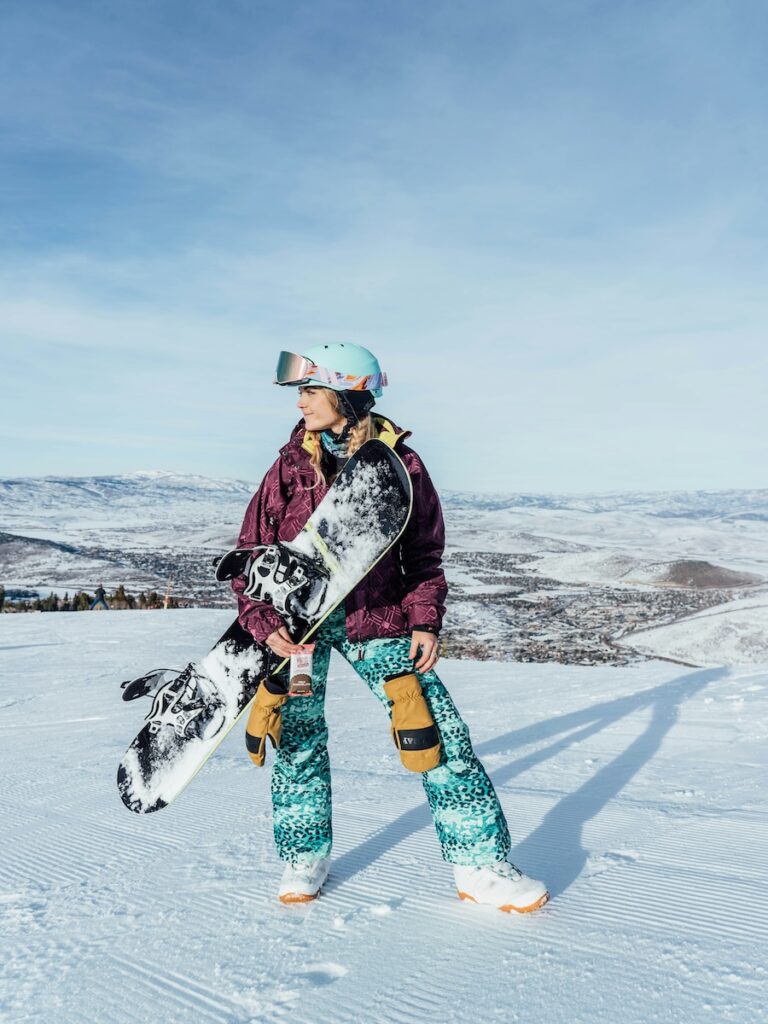
3. Your Technique May Be Off
If you’re certain about your boot size and lacing technique, another potential cause of heel lift could be your snowboarding technique. Abrupt movements with your feet can lead to heel lift.
To address this, focus on refining your basic skills and practicing smoother transitions. Consider practicing exercises at home or taking lessons from a professional to avoid harsh movements that can cause heel lift.
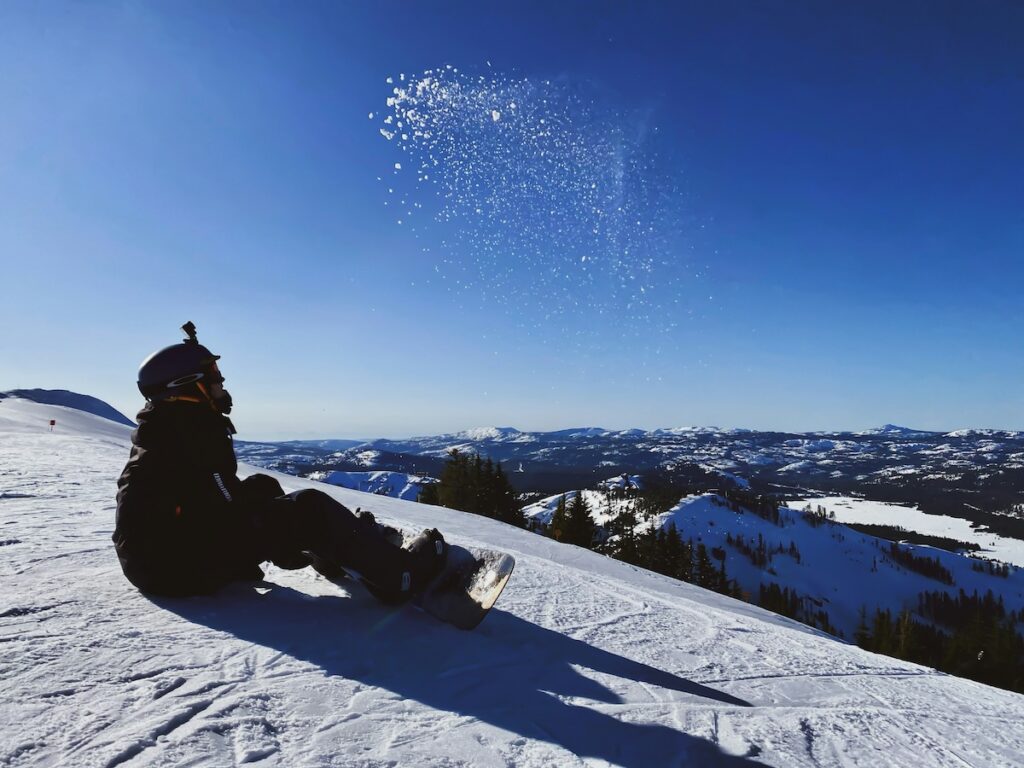
4. Boots Are Too Old
Another common cause of heel lift is when your boots become too worn out. Over time, with frequent use and wear and tear, your reliable snowboard boots may lose their snugness and support, indicating it’s time for a new pair.
You can often recognize that your snowboard boots are too old if you notice a significant amount of extra space inside, observe tears or rips, or see parts starting to peel off.
If this sounds familiar, I recommend planning a visit to a snowboard or outdoor gear store. There, you can try on new boots in person with the assistance of a professional who can guide you toward top-quality boots and ensure they fit correctly.
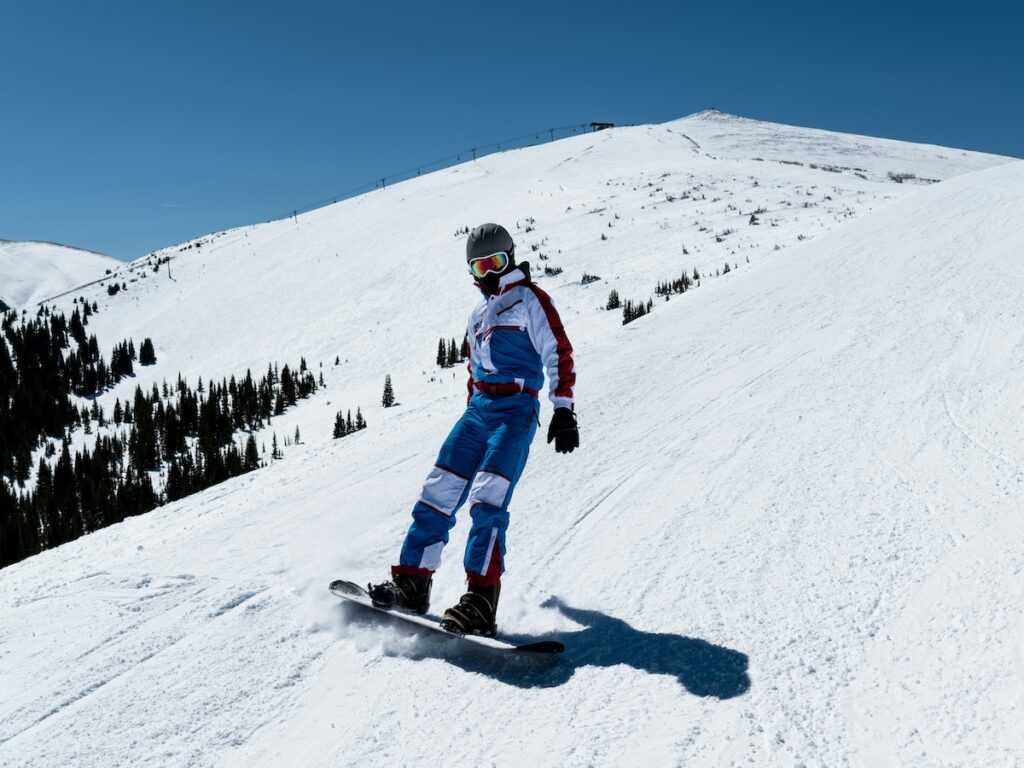
Tips For Avoiding Heel Lift In Ski And Snowboard Boots
If you’re sure your boots fit perfectly, are adequately tightened, and are not worn out, there are still some tips to help prevent heel lift in snowboard boots. Continue diving in below as I highlight each tip in more detail.
✅ Adjust The Liner
Many snowboard boots come with liners that can be customized for a better fit. Experiment with different adjustments, such as tightening or loosening the liner, to find the ideal configuration that eliminates heel lift while maintaining comfort.
✅ Tweak Your Bindings
Sometimes, heel lift can be influenced by your binding setup. Try adjusting the angle and position of your bindings to see if it reduces heel lift. A slight tweak in binding placement can make a noticeable difference in how your boots fit and perform.
✅ Consider Wearing J-Bars
If you’re still experiencing heel lift after trying other solutions, consider using J-bars. These are foam inserts that provide additional support for the heel, helping to stabilize your foot, reduce unwanted movement within the boot, and get rid of the extra space that may be causing your heels to lift.

FAQs About How To Stop Heel Lift In Snowboard Boots
Keep reading below as I answer a handful of frequently asked questions regarding snowboard boots.
Should I be able to lift my heel in snowboard boots?
No, you should not be able to lift your heel in snowboard boots. Ideally, your heel should be securely locked in place without any noticeable lift or movement. This ensures better control and responsiveness while riding.
How do you fix heel lift in ski boots?
You can fix heel lift in ski boots by ensuring a proper fit, adjusting liners and bindings, and using support inserts if needed.
Should I be able to lift my heel in my ski boot?
No, you should not be able to lift your heel in ski boots. You want a snug fit so that you can maneuver better on the slopes.
Is it better to have tight or loose snowboard boots?
You want to shoot for the perfect fit in snowboard boots, a pair that is neither too tight nor too loose. I recommend consulting a professional in person at a snowboard or outdoor gear store for more guidance. But, if you are really having trouble, I recommend getting a pair that is a bit looser because you can wear thick socks and put inserts in your boots to help.
Should I be able to wiggle my toes in snowboard boots?
You should have enough room to wiggle your toes slightly for circulation and comfort, but not so much that your foot shifts within the boot.
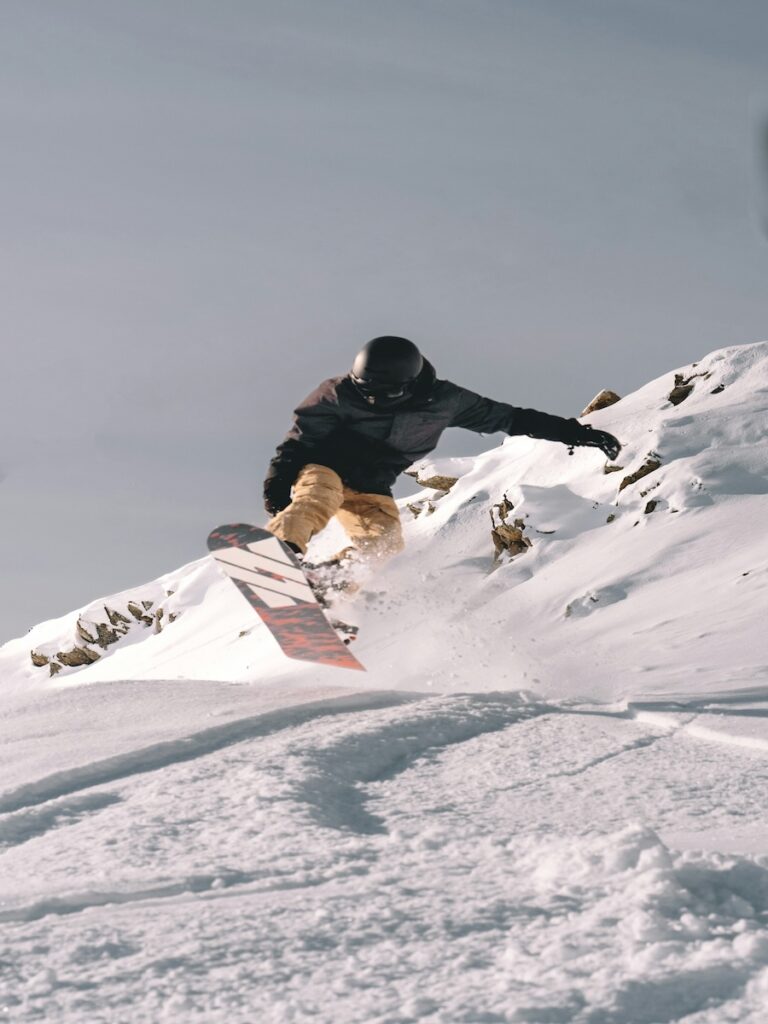
Final Thoughts On How To Stop Heel Lift In Snowboard Boots
Addressing heel lift in snowboard boots requires a combination of proper boot fitting, adjustment of equipment, and sometimes the use of additional support like J-bars.
By figuring out the root cause and implementing the right solutions, you can enjoy a more secure and comfortable snowboarding experience without the frustration of heel lift.